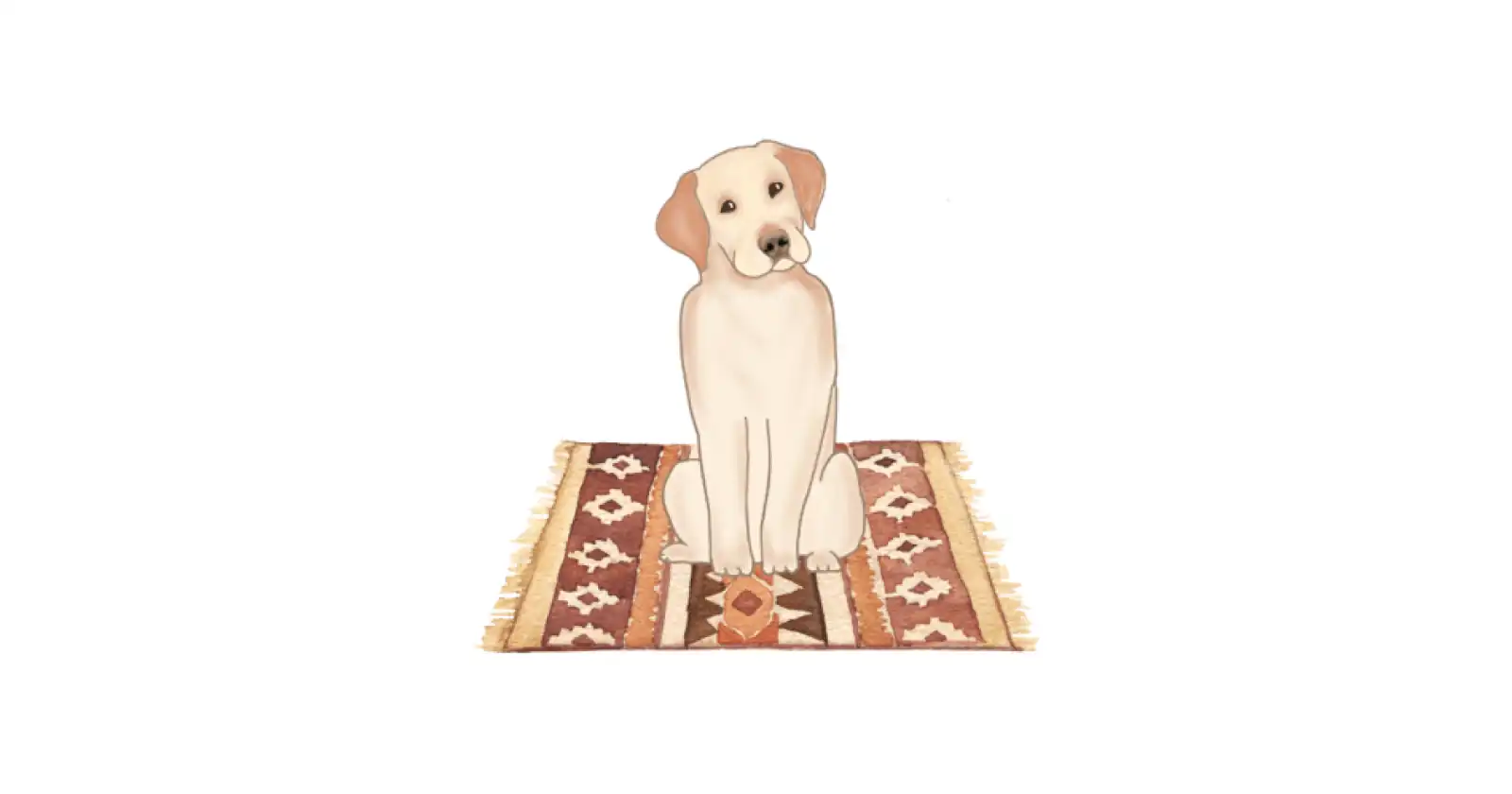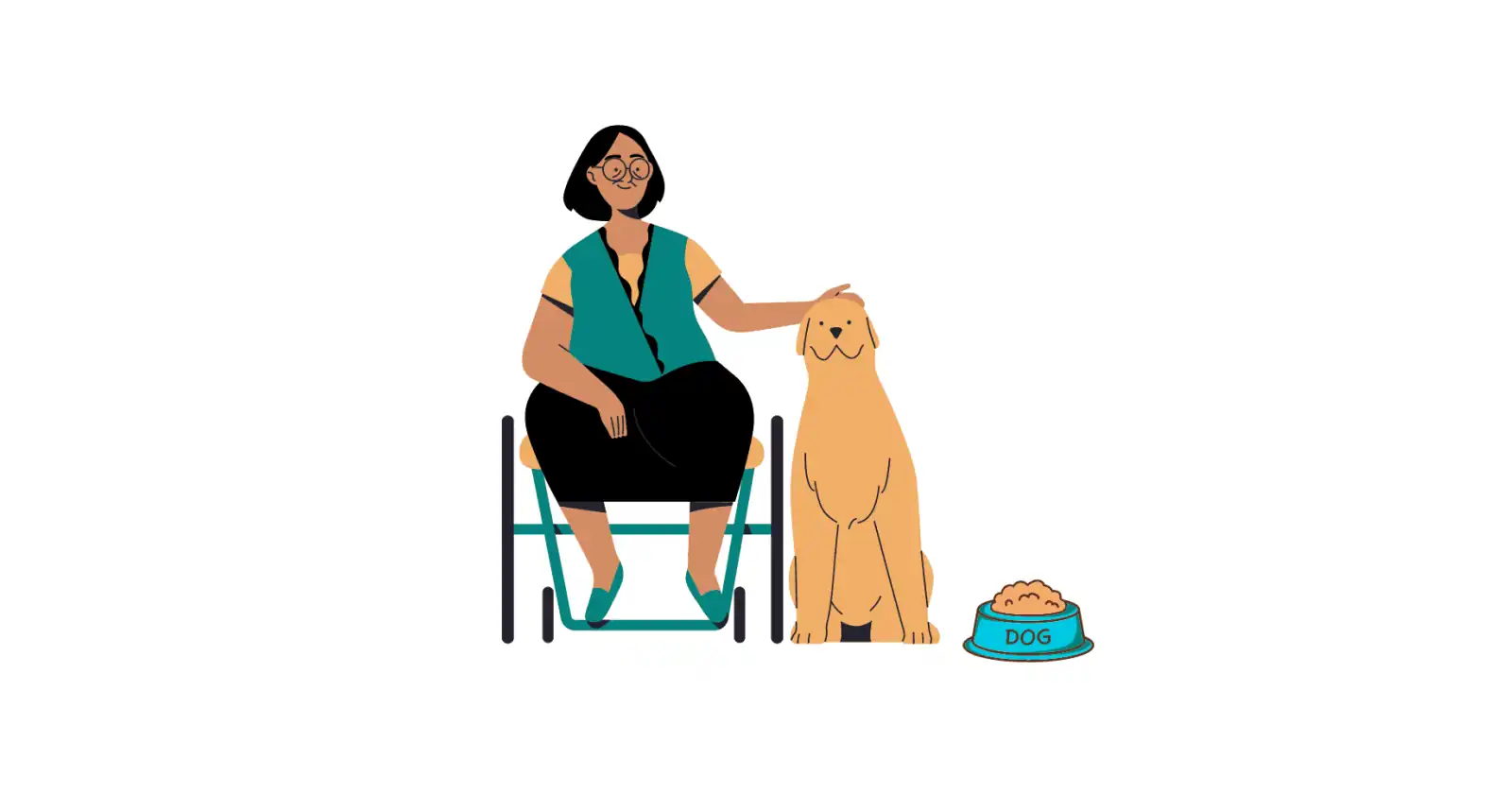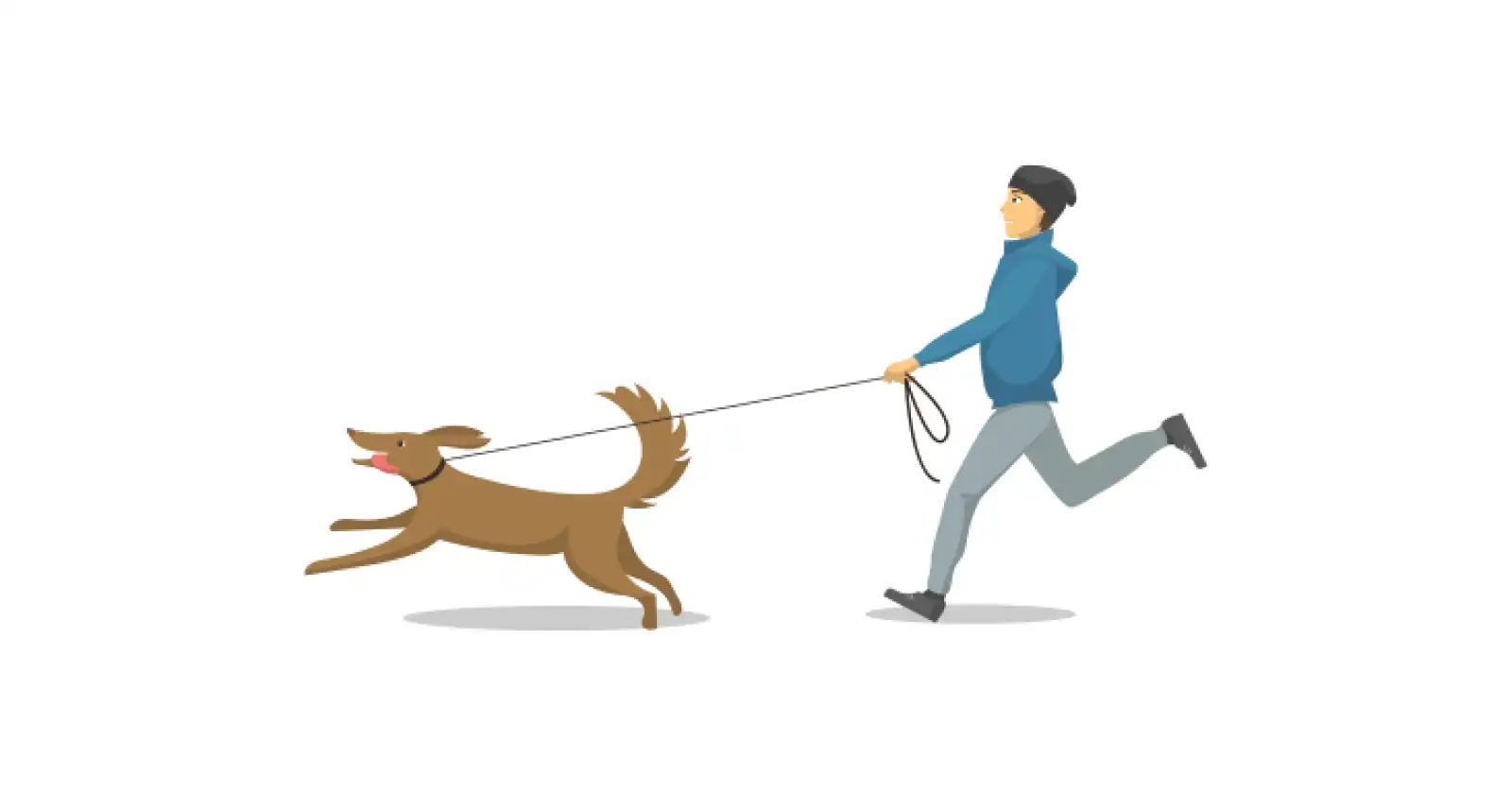Labradors - Everything You Need To Know

Table of Contents
The Labrador retriever has been around since the 1500s. The breed was first introduced in Canada, in Newfoundland. During the 1830s, the Labrador retriever was taken to Poole, England. When the Earl of Malmesbury saw the Labrador retriever, he immediately took him home. This resulted in Labradors becoming more popular in England over time. By the 1870s, the Labrador had become highly popular in England, where it was known as the Labrador retriever. The first Yellow Labrador retriever was born in 1899, and The Kennel Club acknowledged the breed in 1903.
Physique:
Male Labradors are typically 22.5-24.5 inches tall, while female Labradors are 21.5-23.5 inches tall on average. Male Labradors can weigh up to 65-80 pounds, while females can weigh up to 55-70 pounds. They often have a broad head, tender eyes, and a joystick-like tail that wags constantly. Their fur coat is commonly yellow, brown, or black in color.
Personality:
Labrador retriever puppy are kind, intelligent, energetic, and devoted. These dogs are sociable, friendly, and energetic and require a lot of challenges to keep them from becoming bored. Labradors are companionable housemates and work well in households with other pets. Labs are athletic and love physical exercises like swimming and fetching.
Behavioral/Temperament problems:
Some other potential behavioral problems are:
- Separation Anxiety: Labradors are highly loving and energetic. They might show symptoms of separation anxiety when left alone for extended periods. However, behavior training can reduce the chances of separation anxiety in Labradors.
- Mouthing and biting: Labradors, like most sports breeds, have an intense desire to pursue prey, grab it in their mouths, and bring it back to you. This results in an overwhelming need to chew. They also mouth and bite for entertainment and to attract attention from the humans around them.
- Excessive barking: Labs are vocal dogs and they may bark to express their fear or excitement. However, any excessive and unmanageable barking from your dog is referred to as nuisance barking and can be a symptom of boredom or anxiety.
- Resource guarding: It is characterized by a dog snapping, growling, or otherwise displaying violence in order persuasively convince other animals or humans to avoid the "resource" they are defending. A resource in this situation can be a toy, treat, bone, food, bed, or space in the home. However, like many behavioral issues, this one is more frequent than you realize and, in certain cases, easily solved with training.
- Jumping: Labs are energetic dogs and may jump on people when they greet them. While this behavior may be cute when they're puppies, it can become problematic when they grow up.
- Pulling on Leash: Labradors are highly energetic and get easily excited. This behavior is difficult to manage in adult Labradors and should be corrected with training at an early stage.
Training needs:
To solve these behavioral problems, some crucial steps for Labrador retriever training involve:
- Fundamental obedience training: This is an important aspect of Labrador training. Basic instructions such as sit, come, stay, and heel should be covered in training. Basic obedience training for Labradors also aids in the development of their attention span, concentration, and response to spoken signals.
- Crate Training: Another key component of Labrador training is crate training. Crate training is the process of teaching your dog to view his or her crate as a safe place or home. It aids in the prevention of destructive behavior, separation anxiety, and other behavioral problems.
- Potty Training: Potty training is an important element of Labrador retriever training. The training involves teaching your dog to eliminate outside or in a certain location. Potty training should also include establishing a regular feeding pattern.
- Training for Specific Purposes: Labradors are adaptable dogs that may be trained for an array of tasks. Labradors can be taught for hunting, search and rescue, therapy work, or even as a family pet, depending on the owner's needs. Training for every goal should be done in an ongoing and positive manner, with prizes and pats of pride. If you are looking for certified dog behaviorists and dog trainers in Bangalore, check out Kuddle App and schedule at-home training sessions with experienced dog trainers.
Grooming needs:
Grooming helps you to interact with your dog and form a closer bond while preserving the appearance and health of their coat and avoiding potential health issues. Because they have a short-length double hair with a high shedding level, Labrador retriever grooming should be done atleast once a month. The following dog grooming methods and instruments are recommended:
- Brushing: Use a detangling spray before brushing to remove any mats in the dog's fur and brush using a slicker brush or a metal comb. Brush them at least once a week.
- Bathing: When bathing your Labrador retriever, it is important to choose a shampoo formulated for shedding dogs that has all-natural elements. After each bath, ensure your Labrador retriever’s coat is thoroughly rinsed because soap residue might irritate their skin. Dry your Labrador retriever’s coat with a towel after each bath to prevent its undercoat from matting. Don’t use human dryers to dry the coat as it can cause burnouts or dry out the skin due to high air pressure. It’s recommended to opt for professional grooming once a month.
- Nail-cutting: Begin by trimming the nail tips, taking care not to nick the pink section of the nail, which contains the blood vessels and nerves. It can be difficult to see your Labrador's nails if they are black. In this case, trimming a small piece of the nail, just the tips, is preferable while using a filing tool to eliminate sharp edges from the nails. For stress-free and safe nail trimming, it’s advised to take help from a vet or professional groomers.
If you are looking for professional pet groomers in Bangalore for labrador grooming, check out Kuddle App. With Kuddle, you can schedule an at-home pet grooming appointment with the best pet groomers in town!
Healthcare risks and needs:
Lastly, you need to ensure your lab is healthy and full of energy. Listed below are healthcare problems Labradors are more prone to and ways to prevent or cure them:
-
Joint dysplasia: Many Labs have genetic condition of joint dysplasia, such as hip or elbow dysplasia. It affects the hip or elbow joints, preventing normal movement and causing discomfort and immobility. You can mitigate these consequences by keeping them at a healthy weight, feeding them high-quality foods rich in vitamins and nutrients, and engaging in appropriate low-impact physical exercise. There are various supplements available, particularly for joint problems in dogs, you can seek professional help and advice for providing supplements best suited to their growth.
-
Bloat and Obesity: Many dogs, particularly Labs, suffer from obesity. Fortunately, it is rather simple to avoid; simply monitor your dog's consumption habits and make sure he doesn't eat too much or too quickly at meal times or munch in between. You may need to proportion your dog's food so that he does not overeat. "Bloat" mainly refers to excess water weight in people, which is usually a harmless ailment. However, "bloat" refers to a terrible health condition that can be fatal in Labradors. To understand what to feed your Labradors and in what quantities, you can check out Kuddle’s free AI powered pet nutrition planner. It will provide you with tailored recipes based on your dog’s breed, age and weight.
-
Ear infections: Labradors are noted for their broad, floppy ears, which add to their charm. However, because of their huge ears, Labs are more prone to ear infections. Keep ear infections away by keeping your dog's ears clean and drying them after baths or swimming, checking for signs of infection often, and removing any excessive hair in their ears. It is advisable to get ears cleaned by professional pet groomers at least once a month. You can check out Kuddle’s at-home Labrador grooming services to avoid ear infections.
-
Heart issues: Heart illness is a major issue in the canine society. While even the healthiest elderly dogs can acquire heart disease, overall maintenance of their health is thought to be the best prevention. Ensure that your dog is up to date on all immunizations, that they eat high-quality food, are always hydrated, and additionally indulge in frequent physical exercise.
If you are considering adopting a Labrador or already have one, and want a partner in your pet parenting journey, then you are in the right place. With Kuddle, leave the hassle behind, and get at-home pet care services for Labrador grooming, Dog walking, Labrador training, vet visits for vaccination and much more. Download Kuddle App and check out our services today!


